processing plants arsenic
2021-08-26T02:08:01+00:00
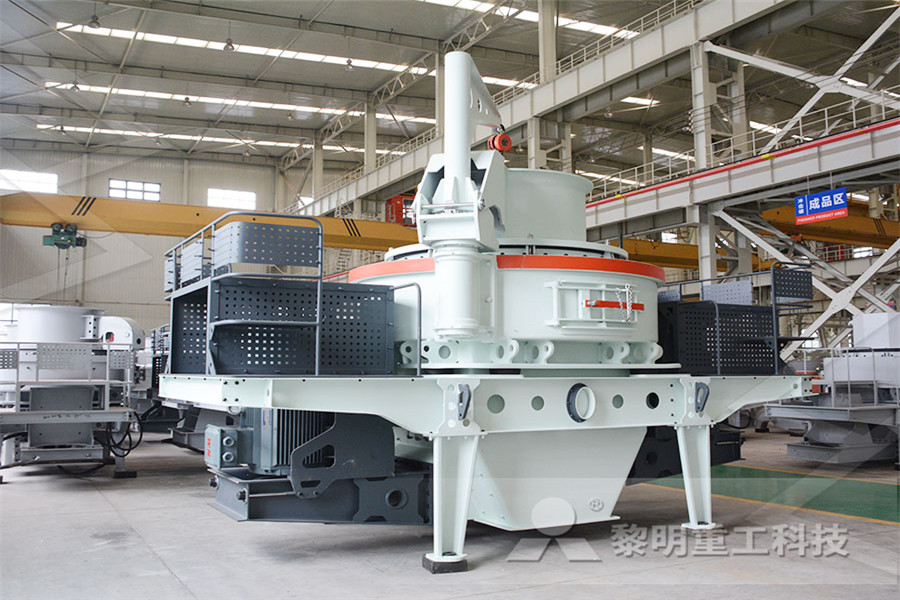
arsenic processing plants schorench
Since these plants bear such high arsenic quantities, they must have a strategy for detoxification 10 Very little is known about the processing of arsenic within the plant or tolerance mechanisms in view of high arsenic contents in the soil Furthermore, no concrete data exists concerning the effect of arsenic on the metabolism of plants Arsenic (As) is classed as a semimetal, or metalloid In nature it is commonly found as a metal in low levels in most soils and in higher concentrations associated with some copper, lead and zinc ores The most common arsenic mineral is arsenopyrite, a compound of iron, arsenicArsenic Mining Processing Equipment Flow Chart This paper aims to demonstrate that using HTU for heavy metal separation and removal, as well as crude biooil production from the hyperaccumulator, for instance, from Pteris vittata, an herbaceous plant with great potential for heavymetal phytoremediation both in tropical and in subtropical environments, which has been identified as a hyperaccumulator of arsenic , is both feasible and efficientHydrothermal processing of arsenic containing
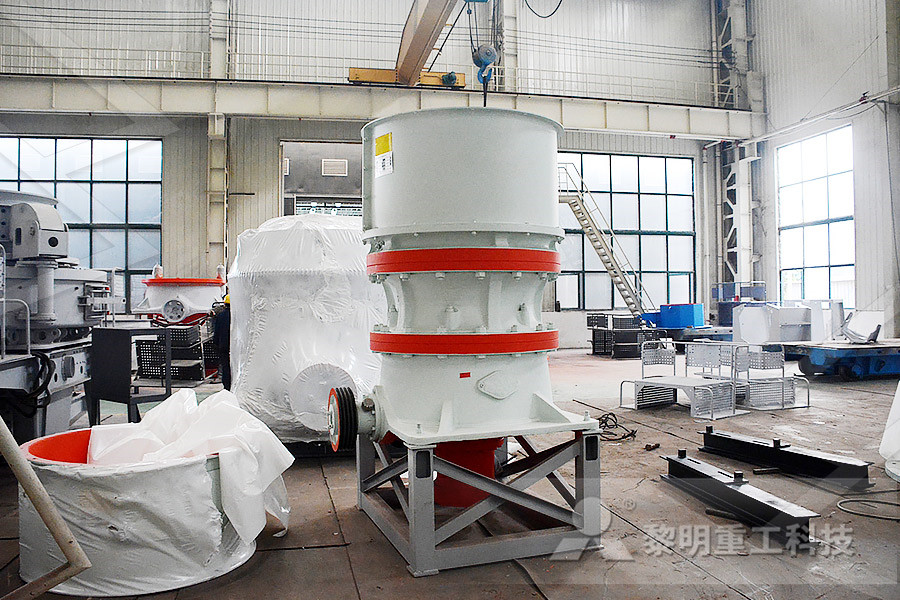
Arsenic release through refractory gold ore processing
The processing is related to arsenic wastes generation either in the form of solid residues or as effluent streams The major concern is associated with the As 2 O 3 formation through the oxidative roasting step, and the production of effluents containing As(III)/As(V) and remaining soluble complexes at the POX and cyanidation steps, respectively Hydrometallurgical processing is the most suitable process route for separate processing of intermediate arseniccontaining materials Effluent processing techniques allow the separation and recovery of arsenic in intermediate productProcessing of Complex Materials in the Copper Arsenic in wood processing plants Arsenic as desiccant or defoliant for the preparation of cotton fields for harvesting Various metallurgical or industrial activities like the electrolysis of copper, or cadmium, with arsenic as a contaminant 5Arsenic (PIM G042) INCHEM
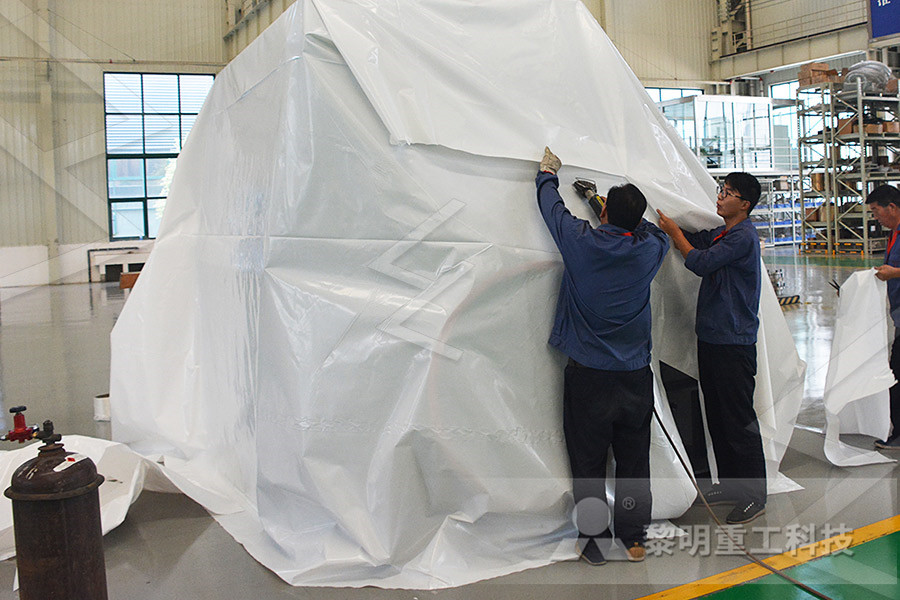
Healthy Soil: Arsenic and Your Plants SimpleLab Tap
Arsenic concentrations within plants tend to rise as soil arsenic increases The amount of arsenic a plant takes up varies based upon several criteria, usually stabilizing at some maximal value: The form of arsenic in the soil; Soil properties; Climate; Soil and plant management properties; Plant supply of sulphides dwindles and laterite processing technology improves Laterites were processed almost exclusively by pyrometallurgy until 1954 when Nicaro, Cuba started up, employing the Caron process; followed by Moa Bay, Cuba in 1959 employing highpressure acid leach (HPAL) These hydrometallurgical processes haveCOBALT PROCESSING DEVELOPMENTS K G Fisher The review excludes arsenic contaminated soil, arsenic contaminated cattle dip sites, and arsenic wastes resulting from mining and mineral processing, except insofar as any treatment technologies used to treat these latter wastes are relevant Submissions were received from and/or discussions held with the suppliers of the following technologies:Treatment Technologies for Destruction or Management

On Mining and Processing arsenic The Rockyard Restaurant
processing plants arsenic Scientific Facts on Arsenic GreenFacts 22 Industrial processes such as mining, smelting and coalfired power plants all contribute to the presence of arsenic in air, water and soil Lowlevel arsenic exposure in wood processing plants American Journal of Industrial 1 Rocz Panstw Zakl Hig 1984;35(5):3937 [Arsenic content of plant food products from the vicinity of copperprocessing plants] [Article in Polish][Arsenic content of plant food products from the vicinity Arsenic is also used in the hide tanning process and, to a limited extent, in pesticides, feed additives and pharmaceuticals Tobacco People who smoke tobacco can also be exposed to the natural inorganic arsenic content of tobacco because tobacco plants can take up arsenic Arsenic WHO
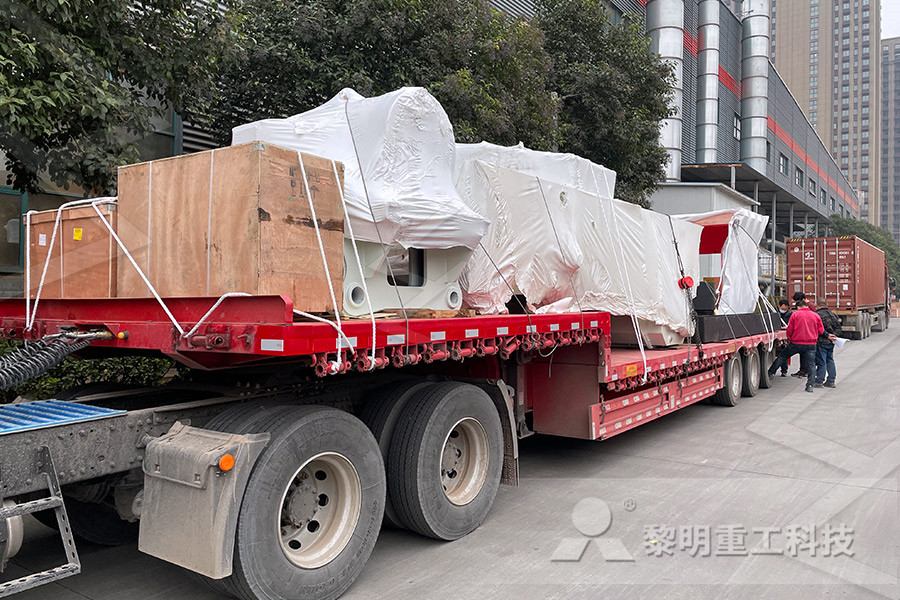
Arsenic Transport, Metabolism and Toxicity in Plants
Arsenic is a toxic metalloid present in large areas in some parts of world including densely populated areas of Bangladesh and West Bengal, India Being a carcinogenic metalloid, it affects the health of millions of people of affected areas through drinking water and food Nonetheless, the spread of arsenic contamination reaches to nonaffected areas also Environmental arsenic pollution is a serious and growing environmental problem, especially on the Indian subcontinent Researchers at the University of Plants That Can Eat Arsenic Arsenic has been a recurrent challenge in the management of deleterious elements in the processing of copper concentrates Arsenic content has gradually increased in copper concentrates to levels that are almost above the standard arsenic blending concentrations that most western smelters in Europe, Asia (excluding China), and North America can Processing of Complex Materials in the Copper Industry
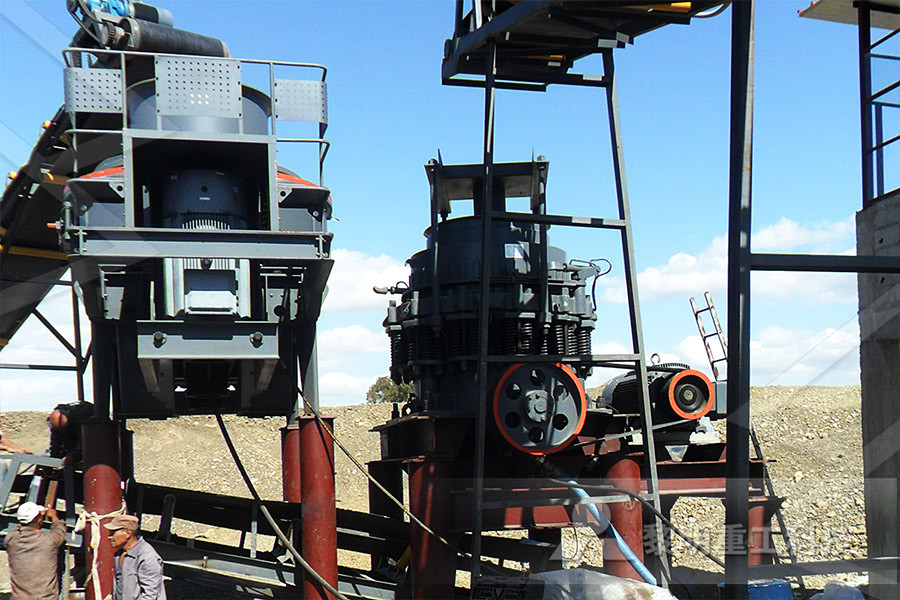
The Arsenic Rule: Water Treatment Plant Residuals
The Arsenic Rule: Water Treatment Plant Residuals Issues in Management and Disposal • Waste disposal is an important consideration in the treatment selection process Arsenic removal technologies can produce several different types of liquid and solid wastes, including sludges, brine streams, backwash slurries, and spent media FDA: Company failed to investigate high levels of arsenic in its fruit juice products Prior to the closure, Valley Processing operated three manufacturing plants, an ambient — or “room temperature —warehouse, a cold room and three coolers at their main location at 108 Blaine Ave in SunnysideLawsuit: Dead rats, high arsenic levels found at Sunnyside Arsenic is a naturally occurring element with a long history of toxicity Sites of contamination are found worldwide as a result of both natural processes and anthropogenic activities The broad scope of arsenic toxicity to humans and its unique interaction with the environment have led to extensive research into its physicochemical properties and toxic behavior in biological systems The Arsenic: A Review of the Element’s Toxicity, Plant

Healthy Soil: Arsenic and Your Plants SimpleLab Tap Score
In addition to arsenic exposure from drinking water, you can be exposed to arsenic by touching contaminated soil or eating plants grown in arsenicrich soil Fortunately, arsenic is rarely present in topsoil in concentrations that are toxic to plants, making your risk of soil exposure unlikelyArsenic Processing Plants, process crusher, mining equipment Arsenic Processing Plants 93 Views The is the professional mining equipments manufacturer in » Learn More extracting gold from arsenic ore YouTube 15 Jul 2013 We provide ball mill, belt conveyor, washer machine, jaw crusher, vibrating arsenic processing at millprocessing plants arsenic smartmodsplLowlevel arsenic exposure in wood processing plants Author(s) Rosenberg, MJ; Landrigan, PJ; Crowley, S Year 1980 Is Peer Reviewed? Yes Journal American Journal of Industrial Medicine ISSN: 02713586 EISSN: 10970274 Volume 1 Issue 1 Page Numbers 99 Lowlevel arsenic exposure in wood processing plants

[PDF] Effects of sample processing on arsenic
The stability of arsenic species in environmental samples during sampling, storage and processing is crucial for speciation studies Losses, interconversion and degradation of arsenocompounds can occur during these steps as a result of the interaction with the container material, microbial activity and temperature or light In order to study the possible effects of storage and processing on 1 Rocz Panstw Zakl Hig 1984;35(5):3937 [Arsenic content of plant food products from the vicinity of copperprocessing plants] [Article in Polish][Arsenic content of plant food products from the Arsenic is also used in the hide tanning process and, to a limited extent, in pesticides, feed additives and pharmaceuticals Tobacco People who smoke tobacco can also be exposed to the natural inorganic arsenic content of tobacco because tobacco plants can take up arsenic Arsenic WHO
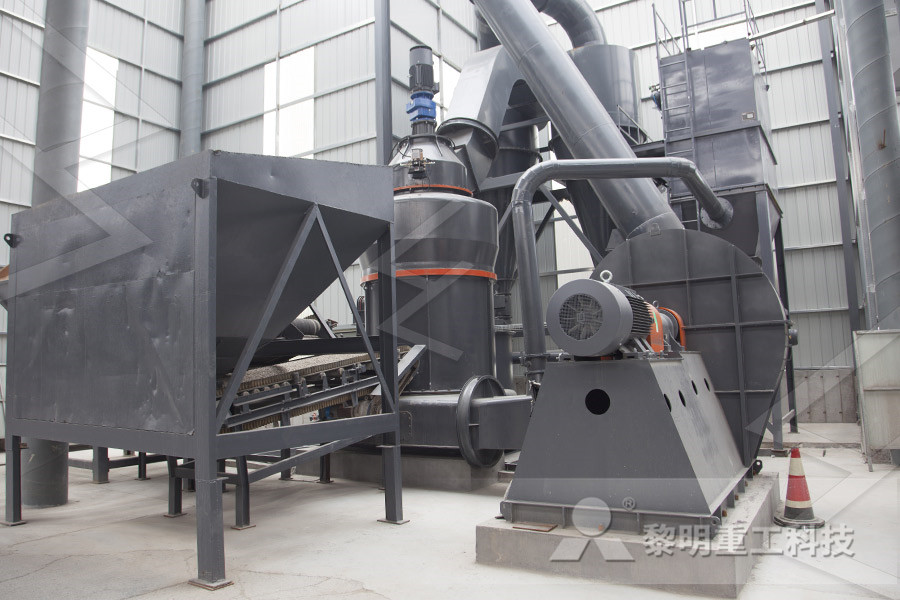
Arsenic Transport, Metabolism and Toxicity in Plants
Arsenic is a toxic metalloid present in large areas in some parts of world including densely populated areas of Bangladesh and West Bengal, India Being a carcinogenic metalloid, it affects the health of millions of people of affected areas through drinking water and food Nonetheless, the spread of arsenic contamination reaches to nonaffected areas also FDA: Company failed to investigate high levels of arsenic in its fruit juice products Prior to the closure, Valley Processing operated three manufacturing plants, an ambient — or “room temperature —warehouse, a cold room and three coolers at their main location at 108 Blaine Ave in SunnysideLawsuit: Dead rats, high arsenic levels found at The Arsenic Rule: Water Treatment Plant Residuals Issues in Management and Disposal • Waste disposal is an important consideration in the treatment selection process Arsenic removal technologies can produce several different types of liquid and solid wastes, including sludges, brine streams, backwash slurries, and spent mediaThe Arsenic Rule: Water Treatment Plant Residuals

Plants That Can Eat Arsenic
Environmental arsenic pollution is a serious and growing environmental problem, especially on the Indian subcontinent Researchers at the University of Arsenic is a naturally occurring element with a long history of toxicity Sites of contamination are found worldwide as a result of both natural processes and anthropogenic activities The broad scope of arsenic toxicity to humans and its unique interaction with the environment have led to extensive research into its physicochemical properties and toxic behavior in biological systems The Arsenic: A Review of the Element’s Toxicity, Plant
- designing a mortar for crushing stones
- jaw crusher for sand
- Principles Of Coal Mining
- Quarry Large Scale Stone Cutter Machine
- crusher wear view
- quarry mpanies in ibadan
- Alat Produksi Mill Limestone
- home made crusher
- High Efficient Durable Quartz Grinding Ball Mill
- how to enhance iron ore
- sistem penghancuran dan penyaringan
- mills used in cement industries
- screw grinding machine
- cesmm3 measurement free download
- Foto Ball Mill Limestone Sand Making Stone Quarry
- iraqi ministry of industry
- Grinding Machines Case
- sistem hidrolik milling
- New Devlopments In Limestone Mining
- Stone Quarrying In Uganda
- ne spring aggregate stone crushing plant
- ball mill grinding silika cina
- rock crusher manufacturer ball ne jaw
- black and decker wildcat grinder for sale
- trituradora en humeda
- Export Granite Quarry In Dindigul
- Eccentric Bushings For Cone Crusher S
- cari crusher bekas
- vertical impact crusher used
- kaolin clay grinding and us
-
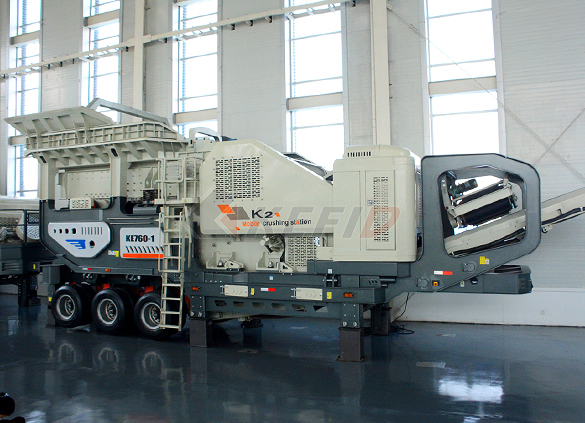
Primary mobile crushing plant
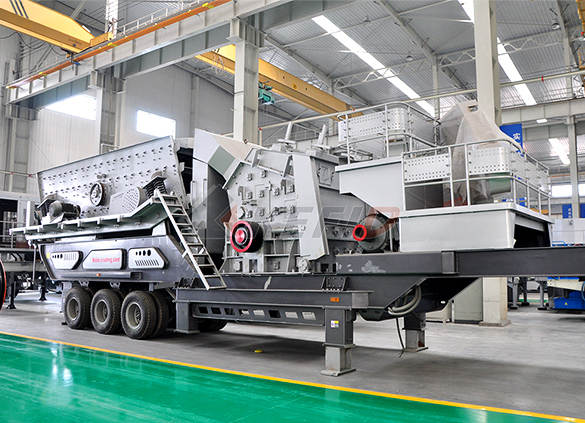
Independent operating combined mobile crushing station
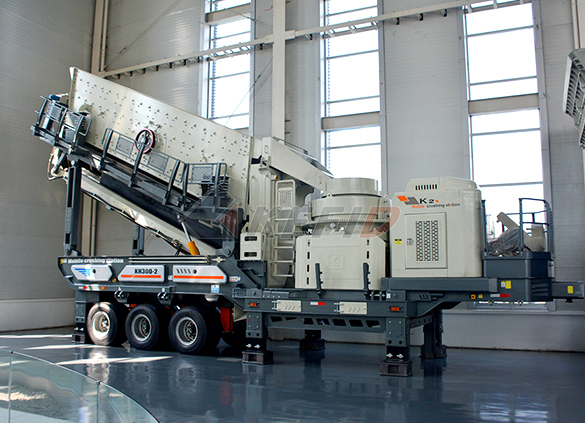
Mobile secondary crushing plant
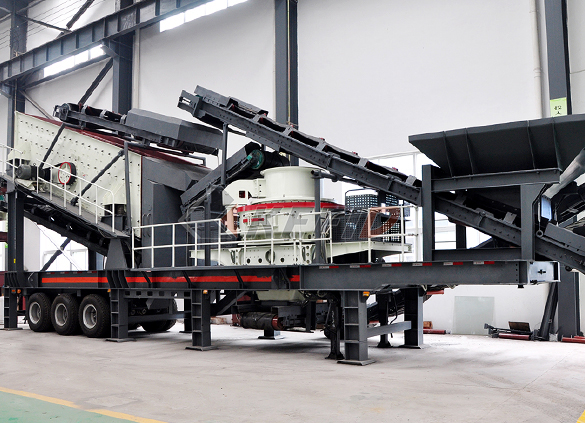
Fine crushing and screening mobile station
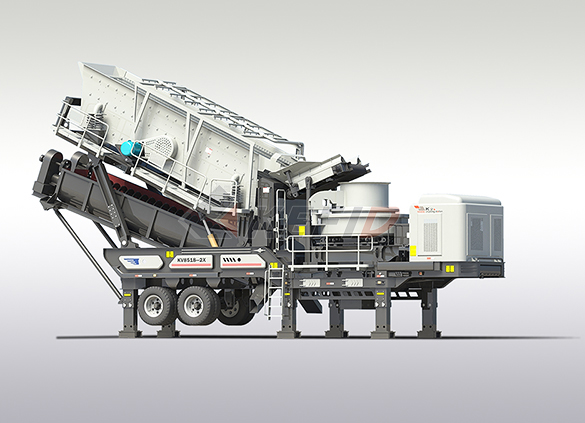
Fine crushing & washing mobile station

Three combinations mobile crushing plant
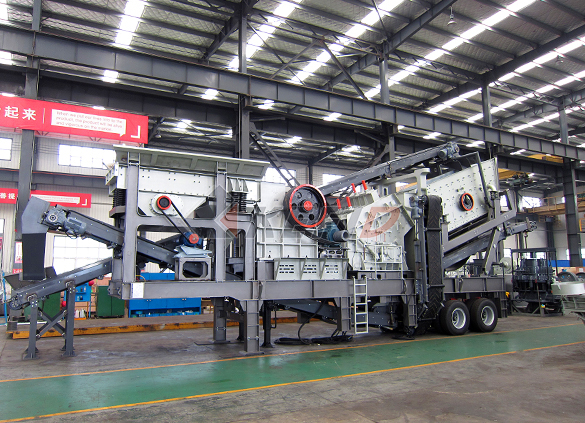
Four combinations mobile crushing plant
-

HGT gyratory crusher
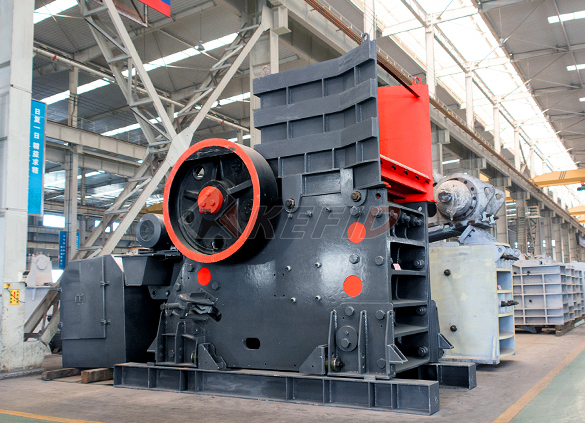
C6X series jaw crusher

JC series jaw crusher
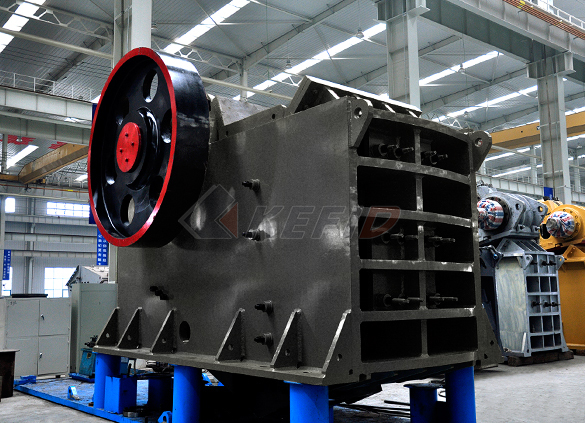
Jaw crusher
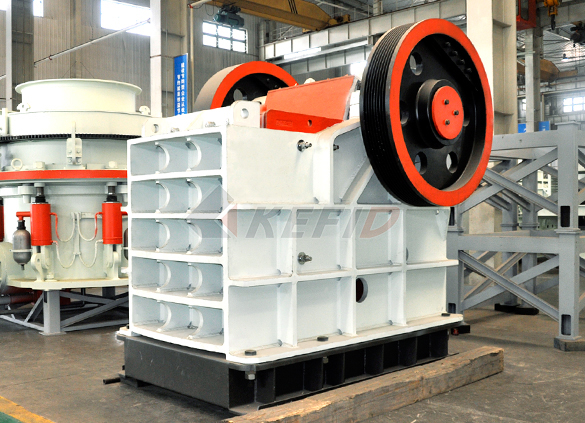
HJ series jaw crusher

CI5X series impact crusher
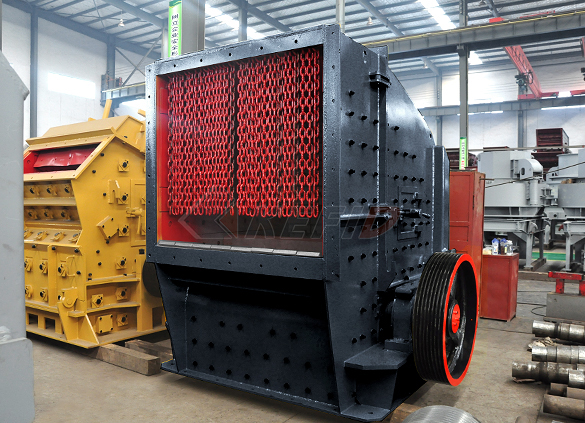
Primary impact crusher

Secondary impact crusher
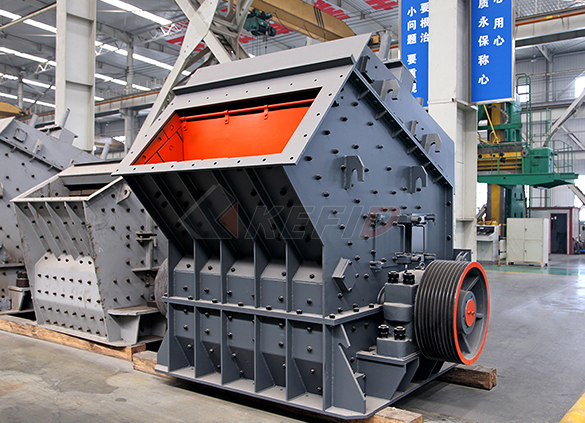
Impact crusher

HPT series hydraulic cone crusher

HST hydraulic cone crusher

CS cone crusher
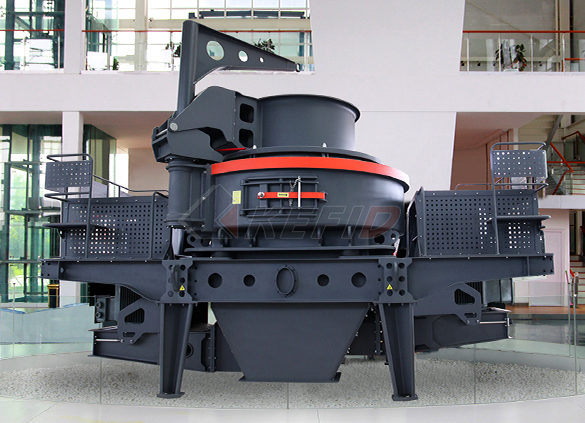
VSI6S vertical shaft impact crusher
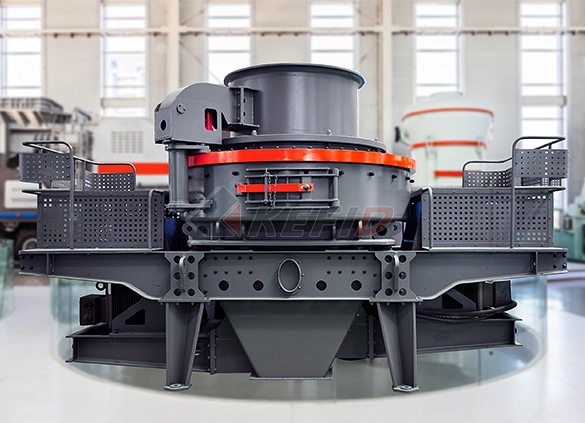
Deep rotor vsi crusher

B series vsi crusher
-

Vertical grinding mill
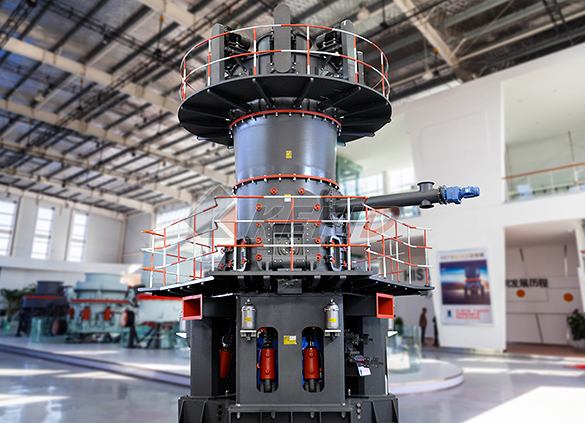
Ultra fine vertical grinding mill
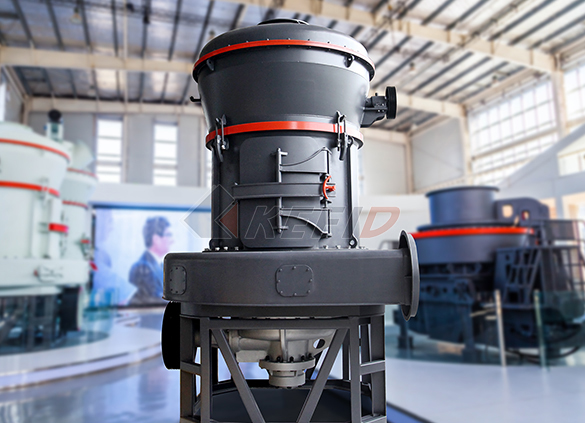
MTW european grinding mill
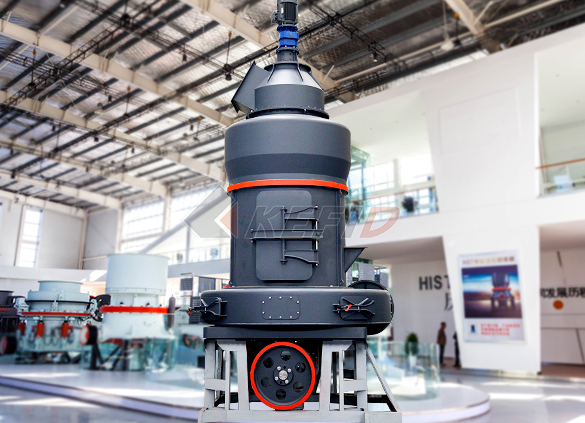
MB5X158 pendulum suspension grinding mill

Trapezium mill
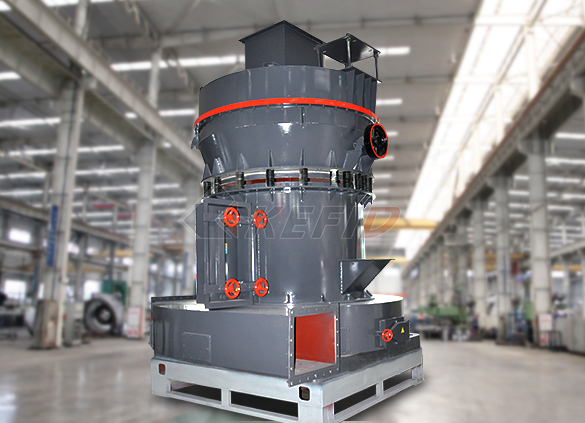
T130X super-fine grinding mill

Micro powder mill

European hammer mill
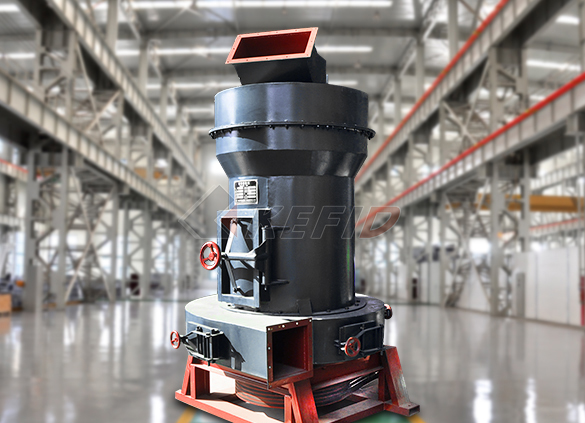
Raymond mill

Ball mill
-

GF series feeder

FH heavy vibrating feeder
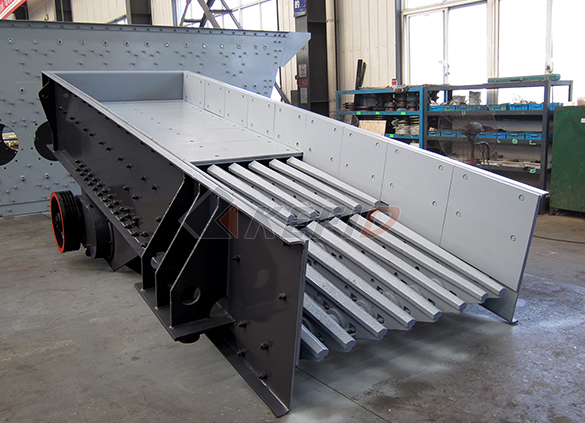
TSW series vibrating feeder

Vibrating feeder

Vibrating screen

S5X vibrating screen

Belt conveyor
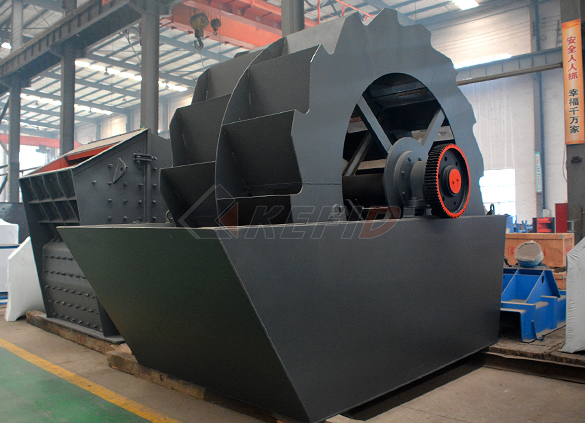
Wheel sand washing machine
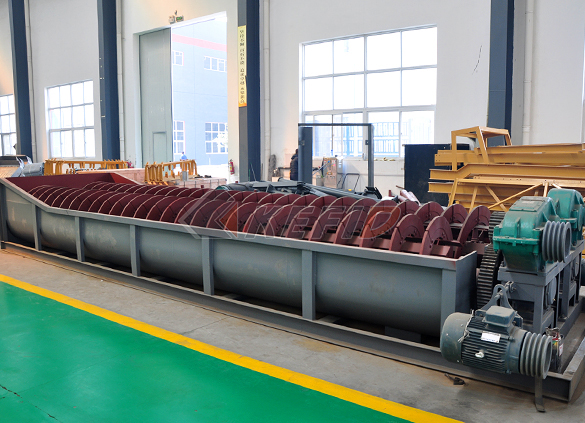
Screw sand washing machine

